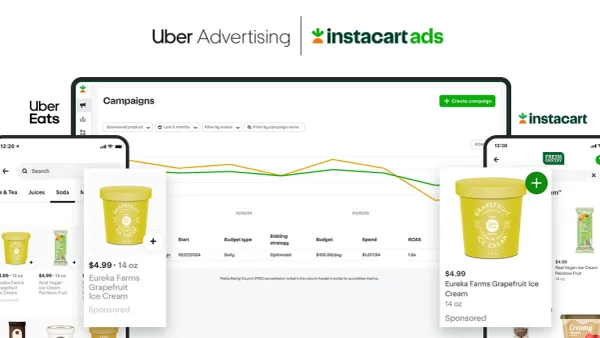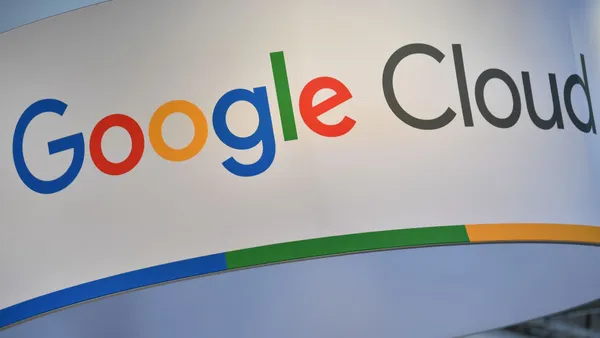Dive Brief:
- Marketing executives are concerned about brand safety in digital advertising with 72% of CMOs facing pressure from their bosses to secure brand trust, according to a CMO Council report titled "Brand Protection From Digital Content Infection" whose findings were made available to Marketing Dive.
- Findings from the report also include that 43% of CMOs admit to having problems with where and how digital ads are placed and viewed. Thirty-seven percent pulled advertising because it ran next to hateful, objectionable or derogatory content.
- Additionally, 78% of CMOs report the top negative impact of bad digital ad placement was harm to brand reputation, though only 34% were worried negative ads would alienate core customers. Fake news is another CMO concern and 50% of marketers are developing fresh guidelines for agency and buying networks to ensure placements are on-target and appropriate, with 34% of those surveyed relying on media buying firms to sort the issue out for them.
Dive Insight:
Much of the media chatter around the brand safety issue has been centered around the platforms and exchanges that allow ads to be placed next to offensive or hateful content. The CMO Council's report underscores how marketers are feeling a pinch behind-the-scenes as well, pointing to how many in the chief marketing role are still having a hard time grappling with the distinct challenges of the digital landscape.
What's perhaps more alarming, however, is that only about one-third of CMOs are concerned that negative ad placement would alienate core customers. Among surveyed consumers, 88% reported a negative brand association would cause them to think differently about a brand or maybe even take their business elsewhere.
Still, progress has been made on the brand safety front this year, much of it spurred after P&G's Chief Brand Officer Marc Pritchard called out the messy and non-transparent digital media supply chain in January. The issue's extended to the major digital ad platforms like Google and Facebook, which have both recently rolled out updates to their advertising policies and processes to tighten their safety nets and stopper the spread of hateful or hoax content.














